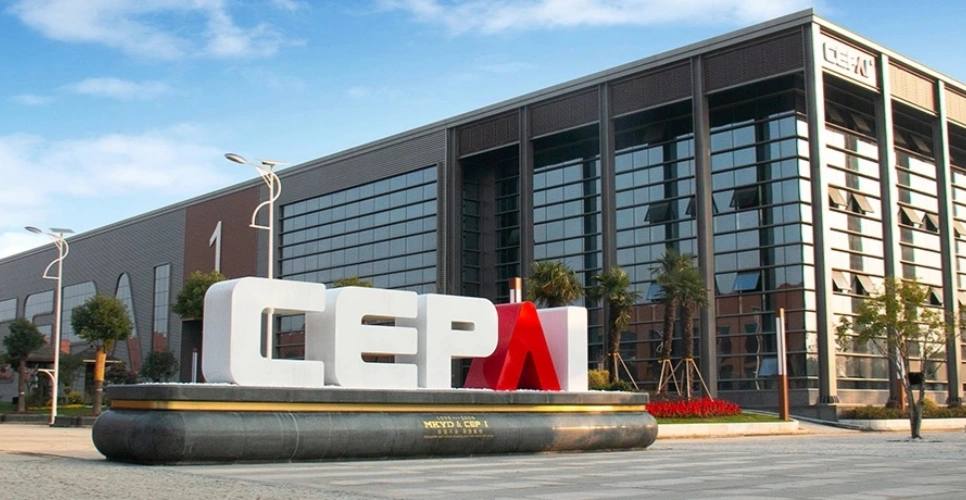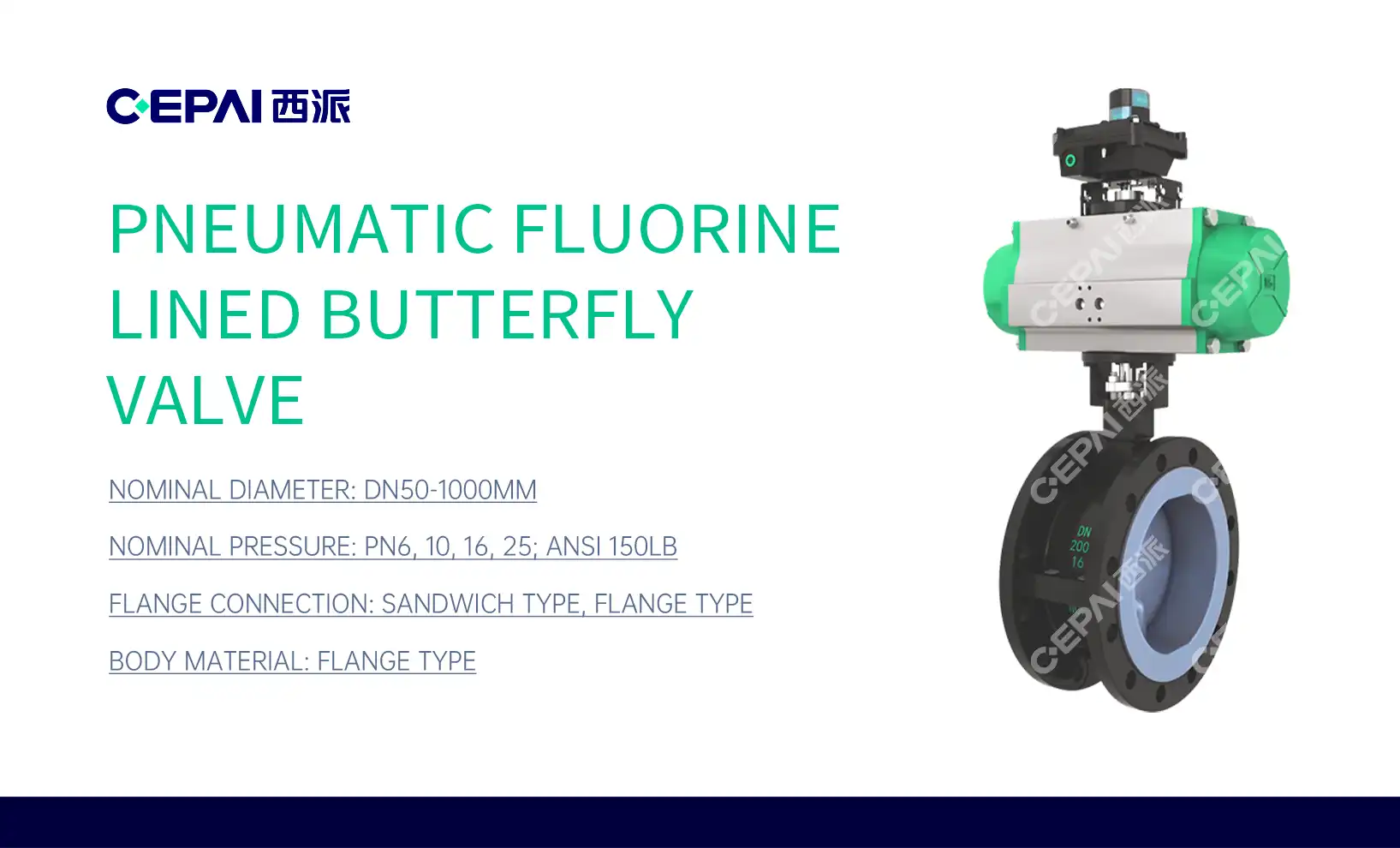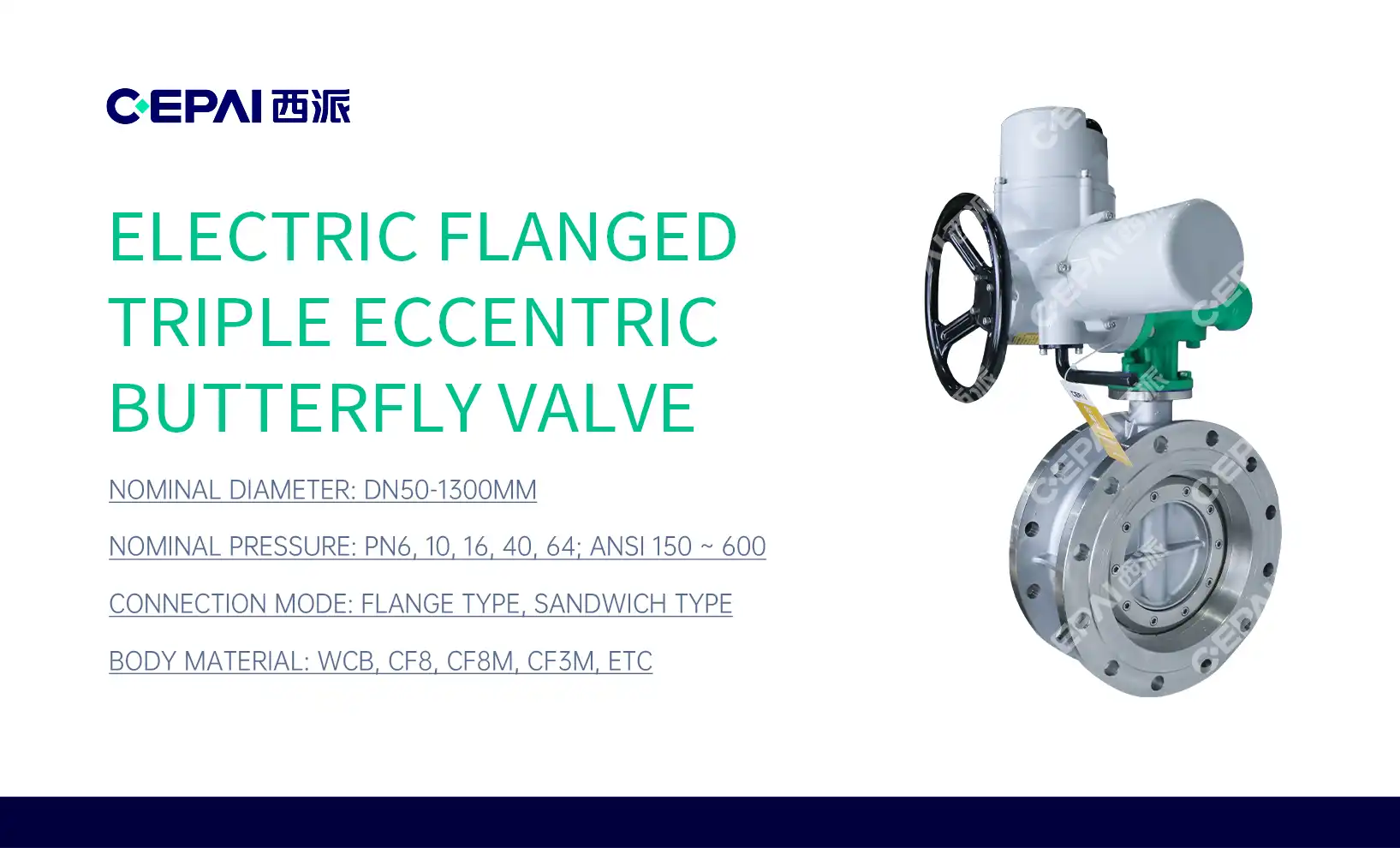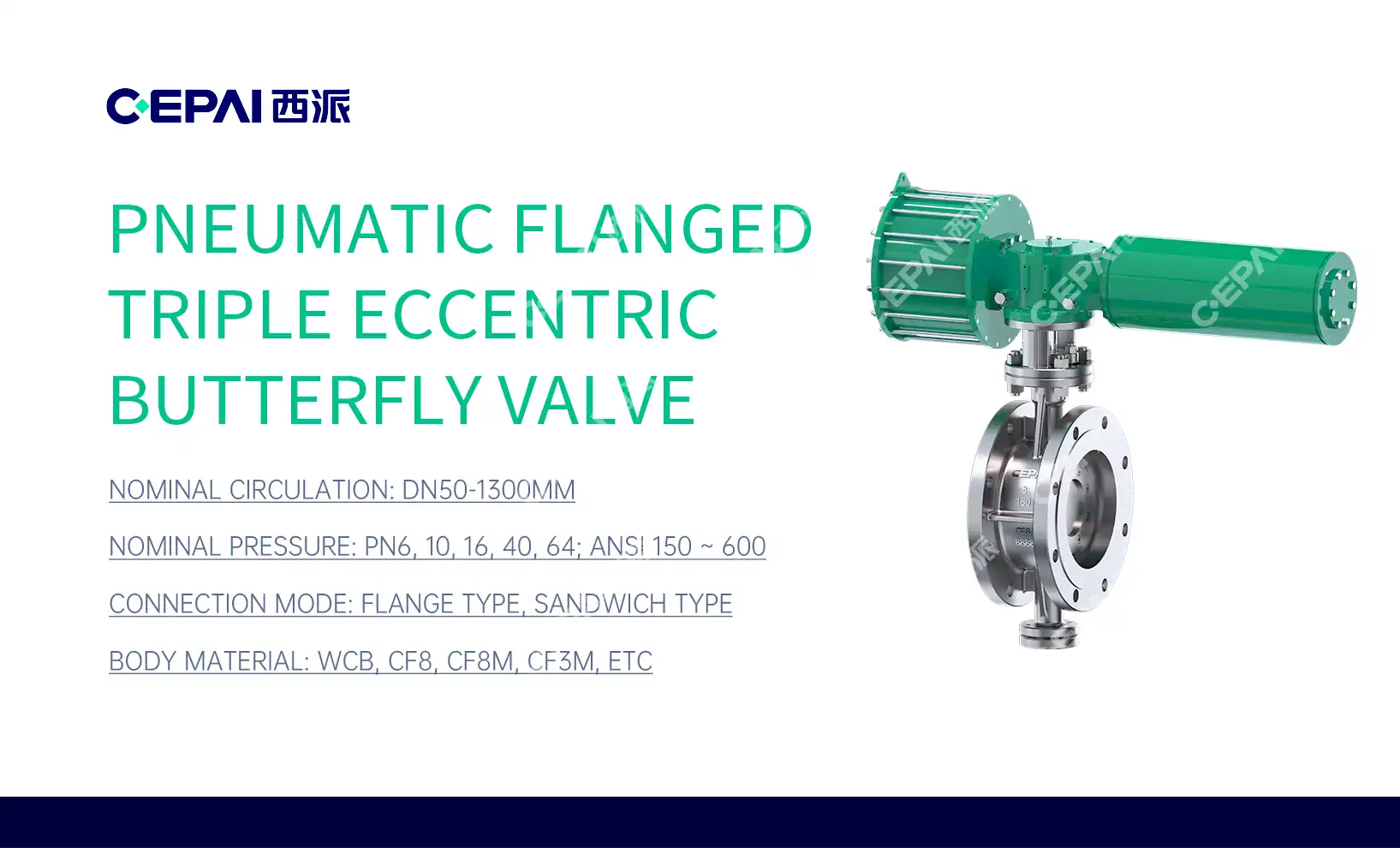Understanding Valve Sizing Fundamentals
The Importance of Proper Valve Sizing
Proper valve sizing is a critical aspect of system design that often goes underappreciated. When a product is correctly sized, it ensures optimal flow control, minimizes pressure drop, and enhances overall system efficiency. Undersized the products can lead to insufficient flow, causing system bottlenecks and reduced performance. Conversely, oversized the products may result in poor control, excessive wear, and unnecessary energy consumption. By selecting the right product size, you can achieve better process control, reduce maintenance costs, and extend the lifespan of your equipment.
Key Factors Influencing Valve Size Selection
Several factors play a crucial role in determining the appropriate valve size for your system. Flow rate is perhaps the most fundamental consideration, as it directly impacts the product's ability to control the fluid passing through it. Pressure drop across the product is another critical factor, affecting both system performance and energy efficiency. The characteristics of the fluid being controlled, such as viscosity and density, also influence the product sizing decisions. Additionally, the pipe size and system configuration must be taken into account to ensure compatibility and optimal performance. By carefully evaluating these factors, you can make an informed decision when selecting the product sizes for your specific application.

Common Valve Sizing Mistakes to Avoid
Even experienced engineers can fall prey to common valve sizing mistakes. One frequent error is relying solely on pipe size to determine the product size, which may lead to improper flow control. Another mistake is failing to account for varying system conditions, such as changes in temperature or pressure. Overlooking the impact of cavitation or flashing can result in premature the product failure and system inefficiencies. It's also crucial to avoid the temptation of oversizing products as a safety measure, as this can lead to poor control and increased costs. By being aware of these potential pitfalls and adopting a comprehensive approach to the product sizing, you can ensure optimal system performance and longevity.
Valve Sizing Calculations and Methods
Essential Equations for Valve Sizing
Accurate the product sizing relies on several key equations that help determine the appropriate the product characteristics for your system. The flow coefficient (Cv) equation is fundamental, relating flow rate to pressure drop across the product. For liquids, the equation is Q = Cv √(ΔP/SG), where Q is the flow rate, ΔP is the pressure drop, and SG is the specific gravity of the fluid. For gases, the equation becomes more complex, incorporating factors such as compressibility and temperature. Another crucial equation is the velocity head loss formula, which helps calculate the pressure drop caused by the product. These equations, along with others specific to different product types and applications, form the foundation for precise valve sizing calculations.
Utilizing Valve Sizing Software and Tools
Modern valve sizing processes often leverage sophisticated software and tools to streamline calculations and improve accuracy. These digital solutions incorporate complex algorithms that account for various factors such as fluid properties, system conditions, and the product characteristics. Many product manufacturers offer proprietary sizing software tailored to their product lines, ensuring precise selection based on specific valve designs. Additionally, there are industry-standard software packages that provide comprehensive product sizing capabilities across multiple manufacturers and the product types. These tools not only simplify the sizing process but also allow for quick comparisons of different product options, helping engineers make informed decisions efficiently.

Manual Valve Sizing Techniques
While software solutions are prevalent, understanding manual product sizing techniques remains valuable, especially for quick estimations or when digital tools are unavailable. Manual sizing often involves using the product sizing charts and nomographs provided by manufacturers. These charts typically plot Cv values against flow rates and pressure drops, allowing engineers to select appropriate the product sizes based on system requirements. Another manual technique involves using the percentage of pressure drop method, where the product is sized to create a specific percentage of the system's total pressure drop. While less precise than computer-aided methods, these manual techniques provide a solid foundation for understanding the product sizing principles and can serve as a useful cross-check for software-generated results.
Optimizing Valve Selection for Specific Applications
Tailoring Valve Size to Industrial Processes
Different industrial processes demand specific approaches to the product sizing. In the oil and gas industry, for instance, high-pressure applications require careful consideration of the product materials and pressure ratings. Chemical processing plants often deal with corrosive fluids, necessitating the selection of the products with appropriate chemical resistance and precise flow control capabilities. In power generation, valves must withstand extreme temperatures and pressures while maintaining tight shutoff. By understanding the unique requirements of each industrial process, engineers can tailor their product sizing approach to ensure optimal performance and longevity. This may involve selecting specialized product types, such as high-performance butterfly valves for large flow applications or precision globe products for accurate flow control in critical processes.
Valve Sizing for Control Applications
Control the products present unique challenges in sizing due to their dynamic operating conditions. Unlike on-off valves, control the products must maintain accurate flow regulation across a range of positions. Rangeability, which refers to the ratio between maximum and minimum controllable flow, becomes a critical factor in sizing control the products. Engineers must also consider the product's inherent flow characteristic (linear, equal percentage, or quick opening) and how it interacts with the system's installed characteristic. Proper sizing of control valves involves striking a balance between achieving the required flow capacity and maintaining precise control throughout the product's operating range. This often requires detailed analysis of process conditions and may involve the use of specialized control valve sizing software to optimize performance.
Considerations for Extreme Operating Conditions
Extreme operating conditions, such as high temperatures, cryogenic applications, or abrasive media, require special attention in the product sizing. In high-temperature applications, thermal expansion of the product components must be considered to prevent leakage or seizure. Cryogenic products need to maintain their integrity and functionality at extremely low temperatures, often necessitating special materials and design features. For abrasive media, the product sizing must account for potential erosion and wear, possibly leading to the selection of larger valve sizes or specialized wear-resistant materials. In all extreme conditions, the interplay between the product size, material selection, and design features becomes crucial. Engineers must carefully evaluate these factors to ensure the product not only meets the immediate flow requirements but also maintains its performance and integrity over time under challenging operating conditions.
Conclusion
Choosing the right valve size for your system is a critical decision that impacts efficiency, performance, and safety. By understanding the fundamentals of the product sizing, utilizing appropriate calculations and tools, and considering specific application requirements, you can make informed choices that optimize your system's functionality. Remember to account for factors such as flow rate, pressure drop, and fluid characteristics, and don't hesitate to consult with the product experts or utilize specialized software for complex applications. Proper valve sizing not only enhances system performance but also contributes to long-term cost savings through improved energy efficiency and reduced maintenance needs.
FAQs
1. How does valve size affect system performance?
Valve size directly impacts flow rate, pressure drop, and control precision. Properly sized valves ensure optimal system efficiency and longevity.
2. Can I use the same sizing method for all valve types?
Different product types may require specific sizing approaches. Control valves, for instance, need additional considerations compared to on-off valves.
3. What happens if I choose an oversized valve?
Oversized valves can lead to poor control, increased wear, and unnecessary energy consumption, potentially reducing system efficiency and valve lifespan.
4. How often should I review my valve sizing?
It's advisable to review the product sizing during system upgrades, changes in process conditions, or if you notice performance issues. Regular reviews ensure continued optimal operation.
Expert Valve Solutions for Optimal System Performance | CEPAI
At CEPAI Group Co., Ltd., we specialize in providing high-quality product solutions for the oil and gas industry. As a leading valve manufacturer and supplier, we offer a wide range of products, including wellhead valves, regulating valves, and high-pressure double disc check the products. Our expert team can assist you in selecting the right product size for your specific application, ensuring optimal performance and efficiency. Contact us at cepai@cepai.com to discover how our advanced the product technology can enhance your system's capabilities and reliability.

References
Smith, J. (2022). Valve Sizing Principles for Industrial Applications. Journal of Fluid Engineering, 45(3), 78-92.
Johnson, R. (2021). Advanced Control Valve Selection and Sizing Techniques. Chemical Engineering Progress, 117(8), 35-42.
Brown, L., & Davis, M. (2023). Optimizing Valve Performance in Extreme Operating Conditions. Oil and Gas Facilities, 12(2), 55-68.
Thompson, K. (2022). Digital Tools for Precision Valve Sizing: A Comparative Analysis. Automation and Control Systems, 29(4), 112-125.
Wilson, E. (2021). Best Practices in Industrial Valve Sizing and Selection. Process Safety Progress, 40(1), 23-36.
Lee, S., & Park, H. (2023). Innovative Approaches to Valve Sizing in High-Pressure Applications. Journal of Pressure Vessel Technology, 145(2), 021301.

_1746598525968.webp)



